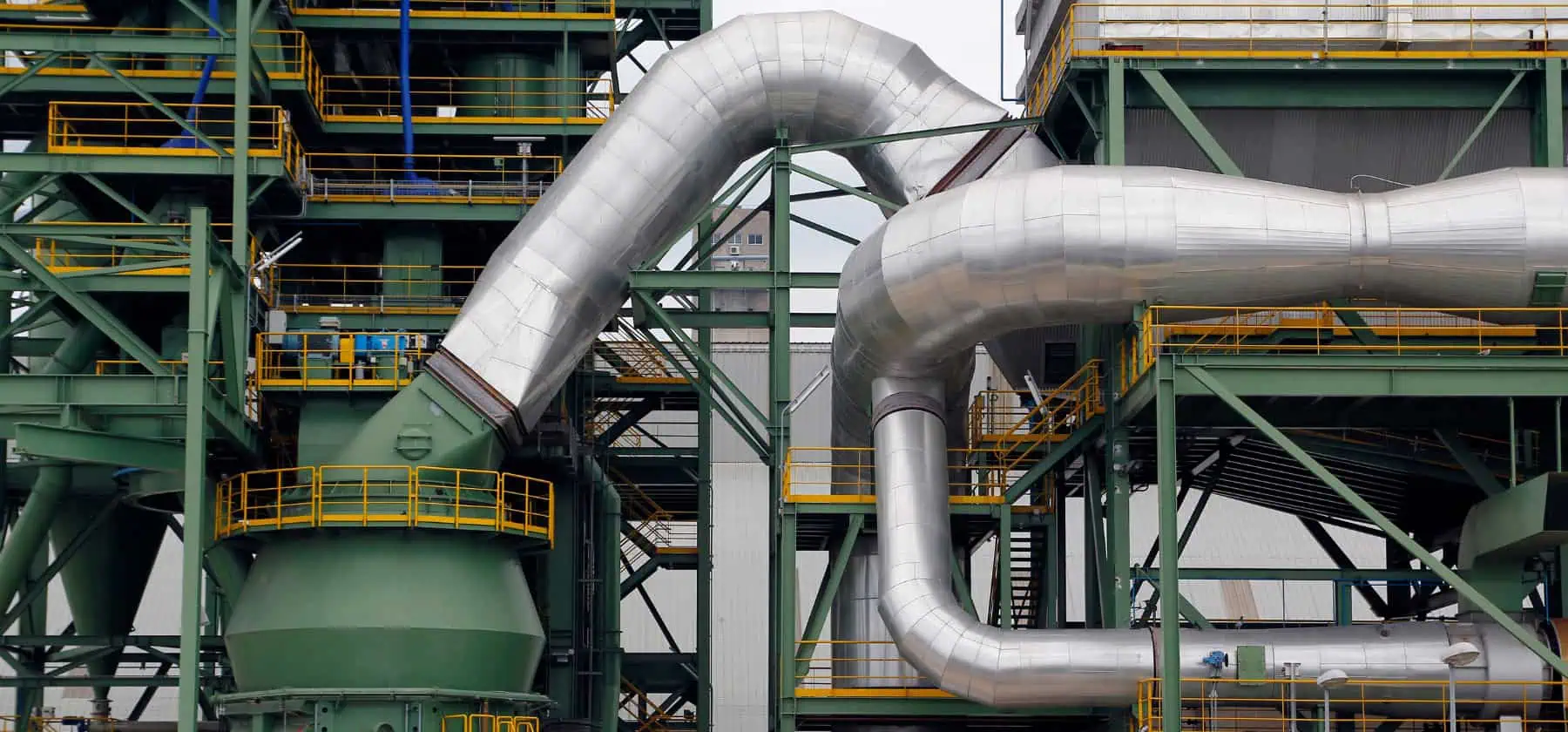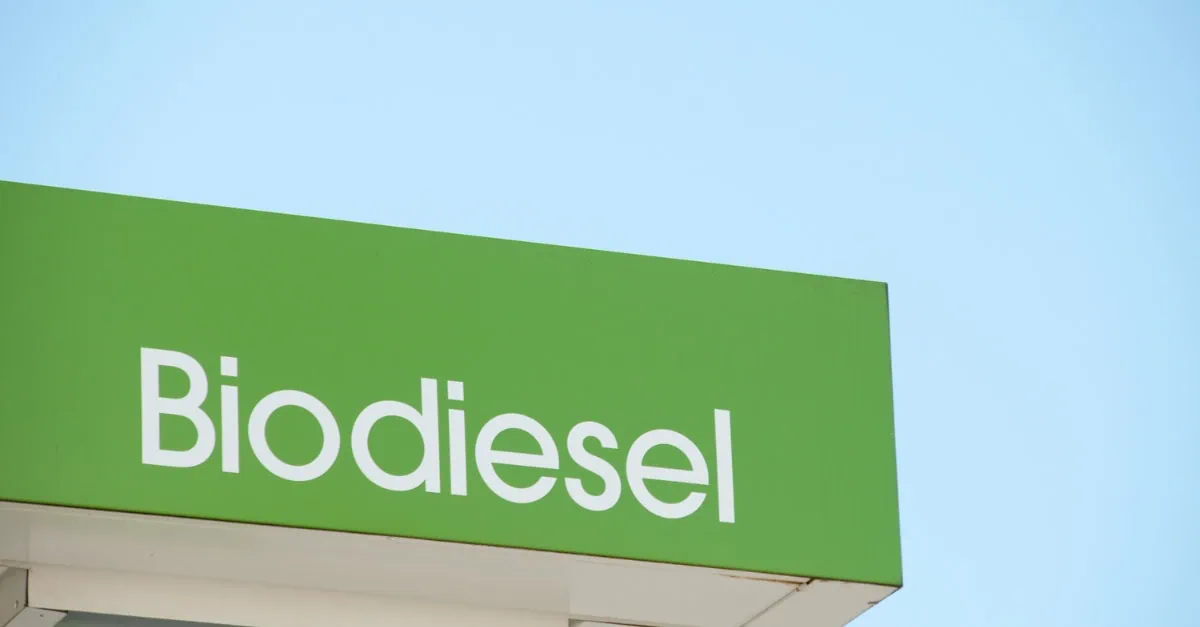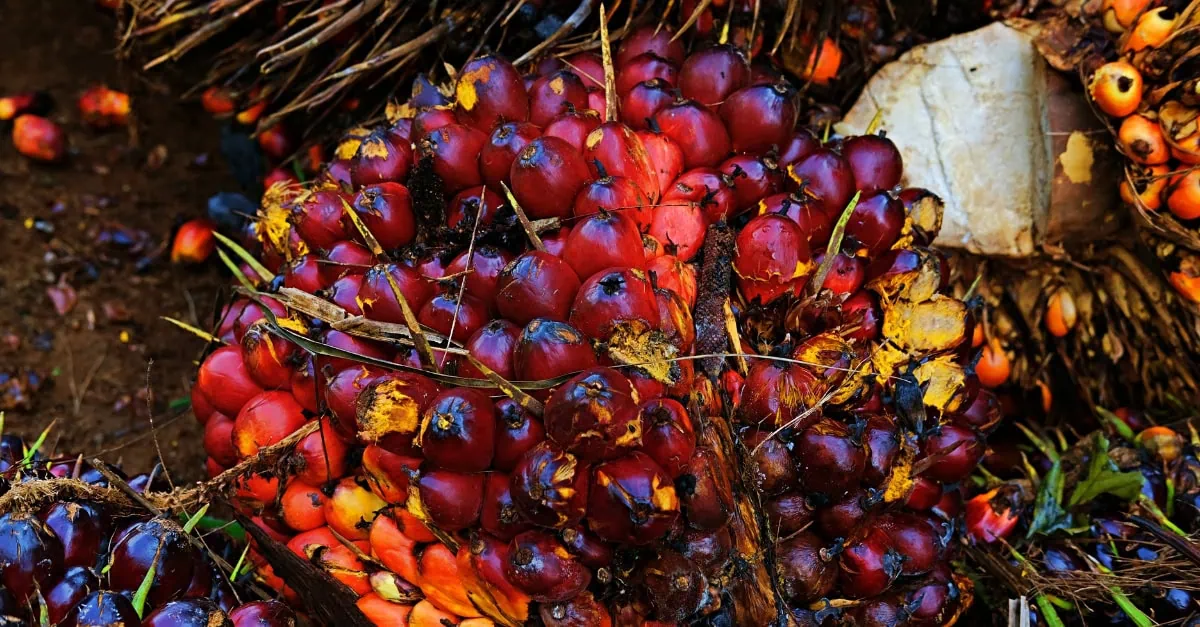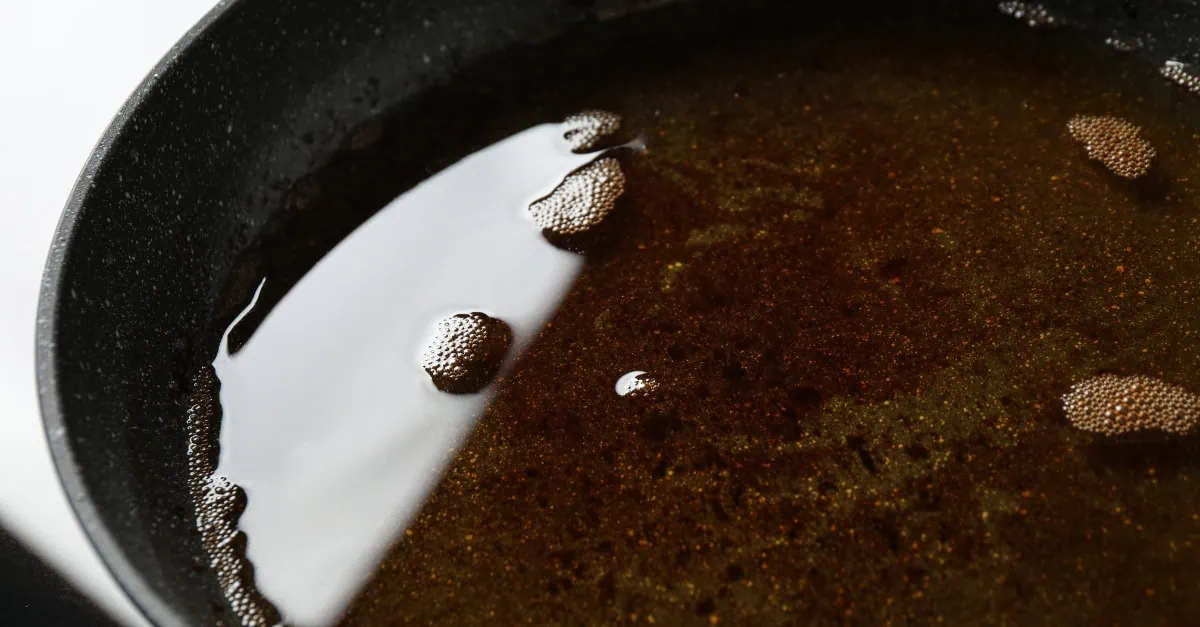During May 27-30, there was a sharp price increase that puzzled the market. Market sources attributed this to slower arrivals of Argentinian SME and Chinese FAME and UCOME into Europe, prompting some players to increase domestic purchases within the E.U. Higher feedstock prices, including UCO and vegetable oils, also contributed. Additionally, market participants were positioning ahead of the China antidumping investigation results expected in June-July. Many believe there’s a high likelihood of a 20% import duty on Chinese products, which would significantly support FOB ARA prices. Chart 1: Outright Biodiesel Prices, FOB ARA (USD/mt)
Chart 1: Outright Biodiesel Prices, FOB ARA (USD/mt)
Since the last report however, biodiesel prices have declined but remain at their highest levels since mid-April. This decline is mainly due to a dramatic drop in LSGO and crude oil prices, following expectations of a resolution to the Israel-Hamas conflict and OPEC+’s decision to allow production flexibility from October 2024. The U.S. proposed a three-stage peace plan for Hamas and Israel, welcomed by Hamas but less so by Israel. OPEC+ agreed on Sunday to extend production cuts to support oil prices in the face of global demand worries and rising U.S. output but will begin to phase out some voluntary reductions after the third quarter, indicating a possible increase in supply from October 2024.
Additionally, UCO prices in the E.U. and China have risen, while POME prices in both the E.U. and Indonesia, along with vegetable oils, have declined. Market participants note that UCO demand remains normal, with high collection costs in China potentially supporting prices. The SEA POME market is described as oversupplied, exacerbated by reduced Chinese POME demand due to decreased biodiesel production. Vegetable oil prices have mainly decreased due to the drop in Brent crude oil prices.

Interesting in more market trends within the global biodiesel market? Download our highlights for free. no creditcard needed.





